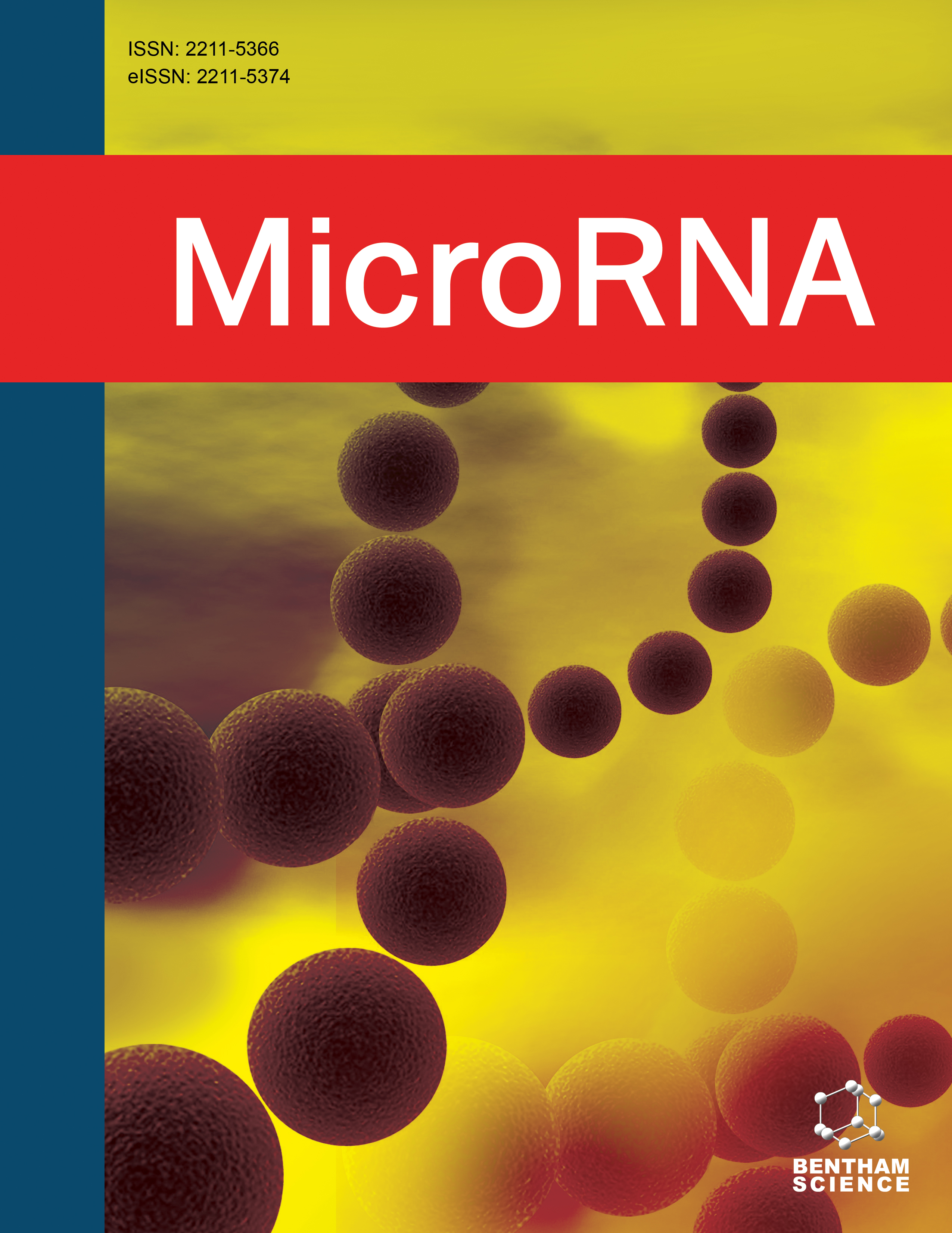
Full text loading...
We use cookies to track usage and preferences.I Understand
Cancer, the second greatest cause of mortality worldwide, frequently causes bone metastases in patients with advanced-stage carcinomas such as prostate, breast, and lung cancer. The existence of these metastases contributes to the occurrence of skeletal-related events (SREs), which are defined by excessive pain, pathological fractures, hypercalcemia, and spinal cord compression. These injurious incidents leave uncomfortably in each of the cancer patient’s life quality. Primary bone cancers, including osteosarcoma (OS), chondrosarcoma (CS), and Ewing's sarcoma (ES), have unclear origins. MicroRNA (miRNA) expression patterns have been changed in primary bone cancers such as OS, CS, and ES, indicating a role in tumor development, invasion, metastasis, and treatment response. These miRNAs are persistent in circulation and exhibit distinct patterns in many forms of bone tumors, making them potential biomarkers for early detection and treatment of such diseases. Given their crucial regulatory functions in various biological processes and conditions, including cancer, this study aims to look at miRNAs' activities and possible contributions to bone malignancies, focusing on OS, CS, and ES. In conclusion, miRNAs are valuable tools for diagnosing, monitoring, and predicting OS, CS, and ES outcomes. Further research is required to fully comprehend the intricate involvement of miRNAs in these bone cancers and to develop effective miRNA-based treatments.

Article metrics loading...

Full text loading...
References


Data & Media loading...

